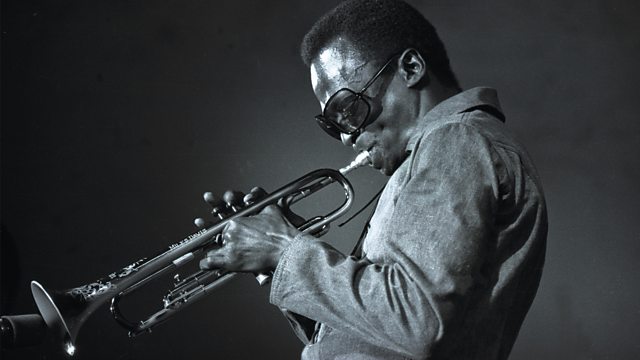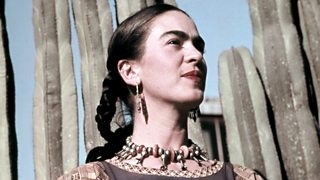Cool: Sunglasses, style and American counter-culture
Bridget Kendall examines what it means to be cool with cultural historians Joel Dinerstein, Carol Tulloch and Claudia Springer.
We probably know ‘cool’ when we see it, but what lies behind it and where did it originate?
Most scholars agree that cool is a mode of being, an attitude or aesthetic. Some argue it arose out of a West African mode of performance, and was later developed in jazz circles by African-American musicians. Cool served to hide one’s emotions and survive confrontation with any hostile external forces – namely racism. In post-World War Two America, cool took on a new meaning, especially when its ideas were translated to white popular culture. It symbolised an individual’s rebellion, and new icons of cool emerged (especially on the silver screen) onto which people projected their deepest desires and fears.
Today cool is a commodity, taken up by global brands and in some ways divorced from its rebellious roots. Bridget Kendall is joined by three cultural historians to explore the multiple meanings and emergence of cool, including Joel Dinerstein from Tulane University in New Orleans, US, Claudia Springer from Framingham State University in Massachusetts, and Carol Tulloch from Chelsea College of Arts in London.
(Photo: American jazz musician Miles Davis. Credit: Jack Vartoogian/Getty Images)
Last on
More episodes
Clip
-
![]()
What does it take to be considered cool?
Duration: 01:07
Broadcasts
- Sat 6 Oct 2018 19:06GMTÂ鶹ԼÅÄ World Service except Australasia, East and Southern Africa, News Internet & West and Central Africa
- Tue 9 Oct 2018 08:06GMTÂ鶹ԼÅÄ World Service except News Internet
- Tue 9 Oct 2018 17:06GMTÂ鶹ԼÅÄ World Service Australasia
- Tue 9 Oct 2018 23:06GMTÂ鶹ԼÅÄ World Service except News Internet
Featured in...
![]()
Music and musicians—The Forum
Why does the world sound like it does?
![]()
Art, design and style—The Forum
Visions that sparked the world's imagination
Podcast
-
![]()
The Forum
The programme that explains the present by exploring the past





